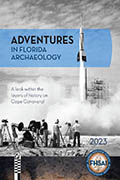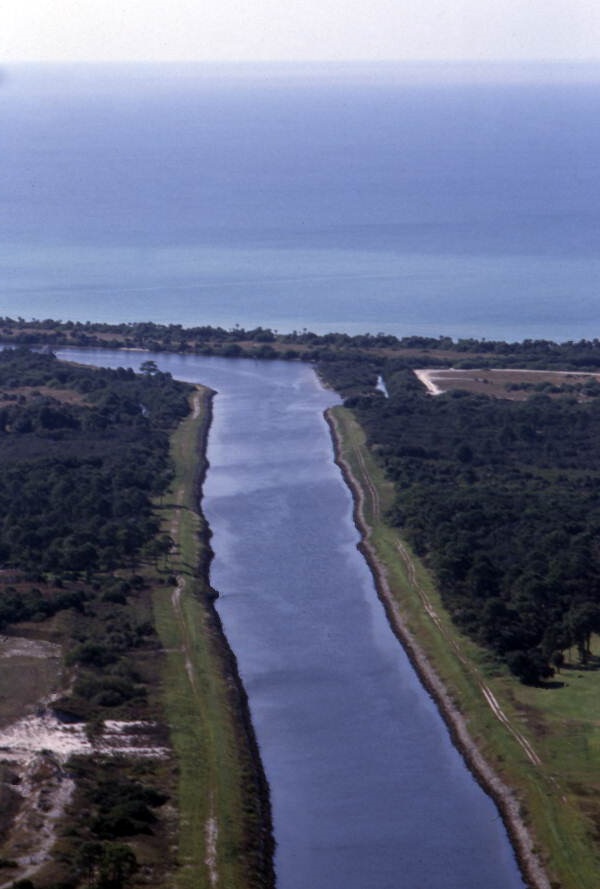
Florida Memory
“Four to six foot seas, but a light chop on the Intracoastal.”
Everyone has heard this common pronouncement by TV weathercasters.
Remarkably, conditions like these were exactly what planners had in mind in colonial times as well as the early years of the United States; a safe way to move goods along the Atlantic and Gulf coasts with minimum exposure to the waves and currents of the open ocean (https://www.britannica.com/topic/Intracoastal-Waterway ). It took a while, especially for the canals, such as the stretch in Pompano Beach in the 1986 aerial photo above.
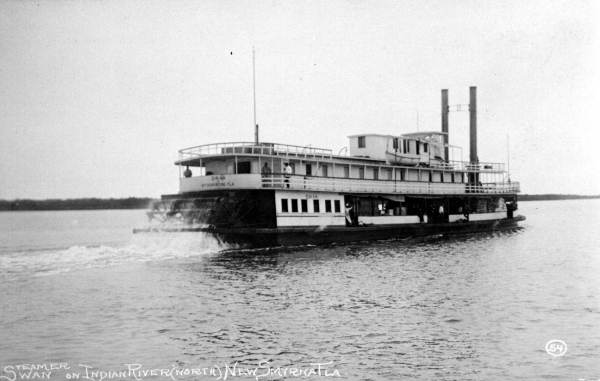
Florida Memory
The Intracoastal Waterway, or ICW, is a patchwork of natural and constructed waterways, and in Florida after the Civil War there was regular steamboat service, such as the SS Swan’s regular run from St. Augustine to Daytona, shown here circa 1910.
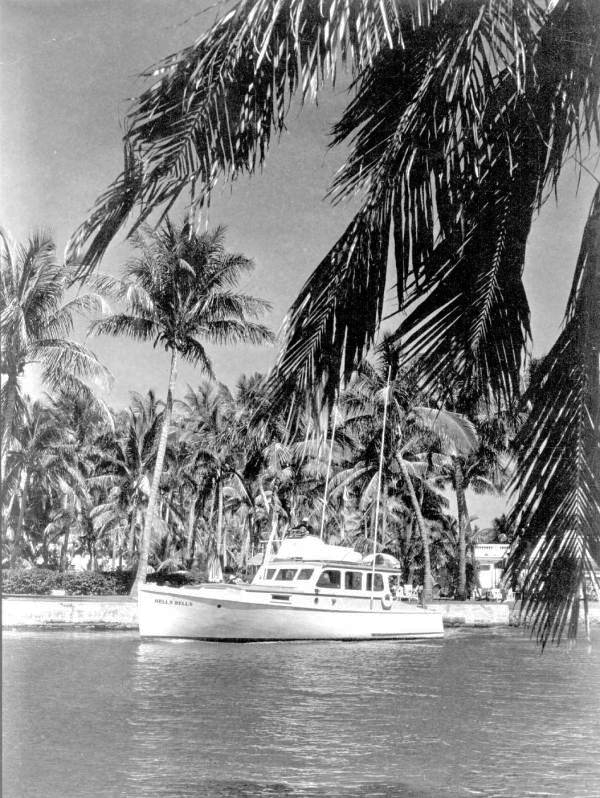
As covered in this edition of Florida Frontiers (https://myfloridahistory.org/frontiers/radio/program/382 ) completion of the Florida segments of the ICW was a complicated and tedious affair, but by the 1950s it was open for boaters and barges alike.
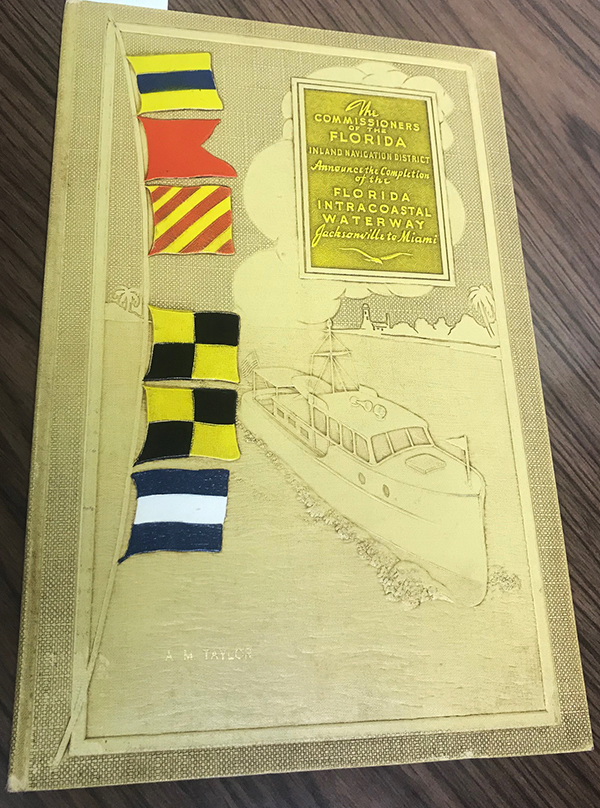
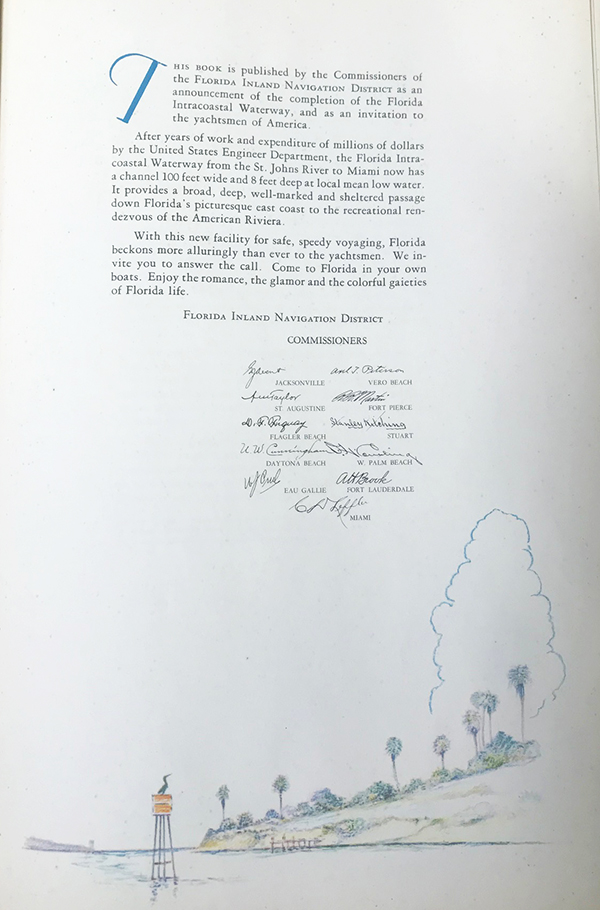
A short but very nicely done book commemorating the completion of the Atlantic portion of Florida’s ICW in the 1930s is found in the collection at the Library of Florida History.
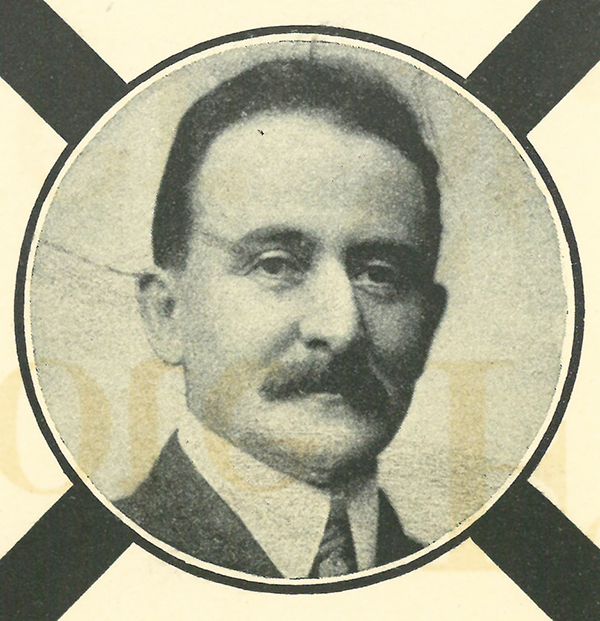
This copy is engraved to one of the Commissioners of the Florida Inland Navigation District, the agency that oversaw the last stages of construction, Abram Morris Taylor ( September 1 1862 to May 20, 1942), seen here in a picture pulled from a 1921 State Senate campaign flyer. He was known almost exclusively by the name A. M. Taylor. A New Jersey native, he settled in St. Augustine in 1889 and had a long and storied life in the state. The Library has an extensive collection on him, too. An index can be found at: https://myfloridahistory.org/content/taylor-am-collection
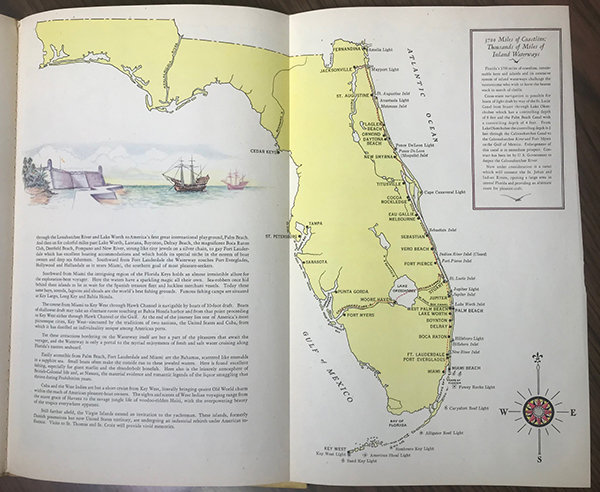
The waterway was, and is, open to everyone, commercial and private, but as you can imagine, in the 1930s there were not a lot of casual recreational boat owners floating around. This book was aimed at yachters who, then as now, relocate their boats north and south to follow the seasons.
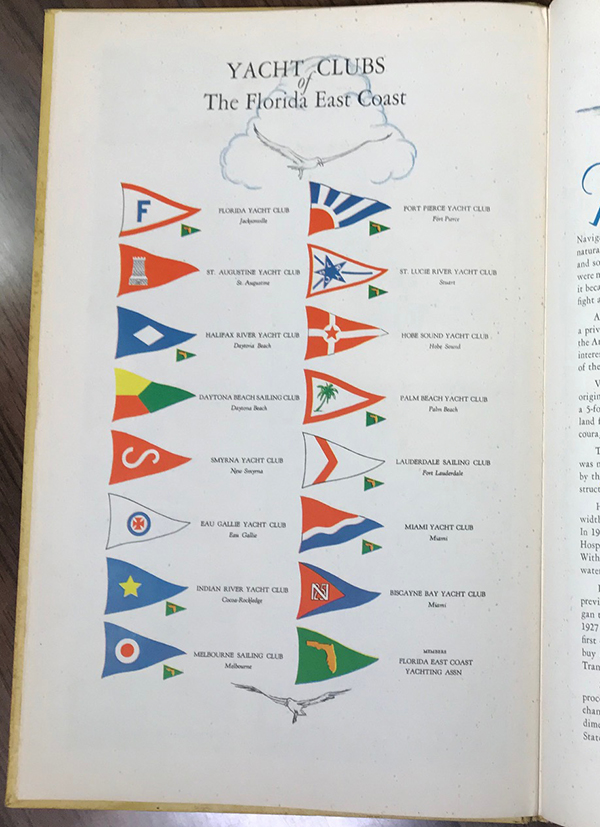
So one page displayed the colors of various yacht clubs a snowbird skipper might encounter along the way. A few of the flags, you could note, sported designs and images which you might suspect would become more than slightly unpopular within a few years of this publication.
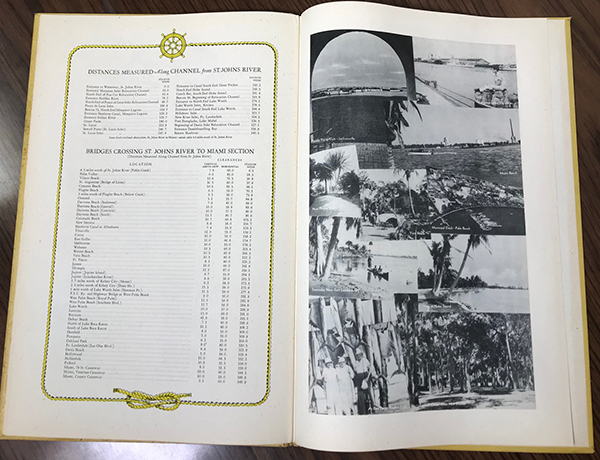
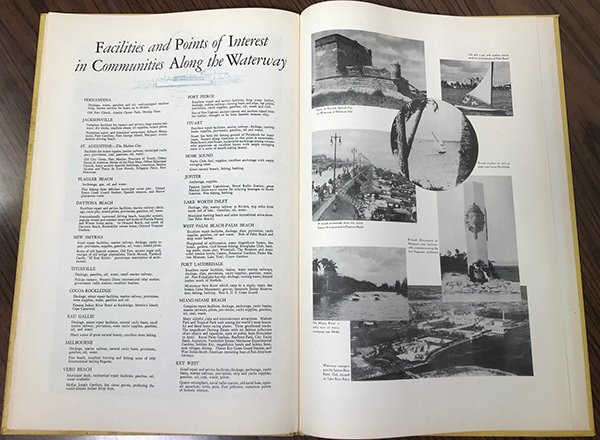
Mainly it was full of useful information for the mariner: distances, bridge clearances, facilities, supply stores and repair yards and professional photographs of the views to be enjoyed along the way.
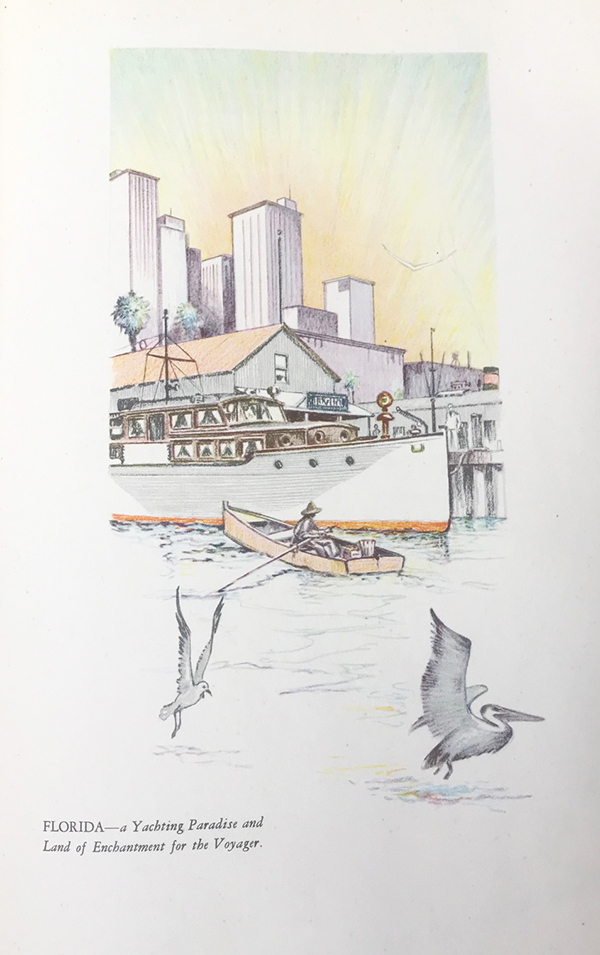
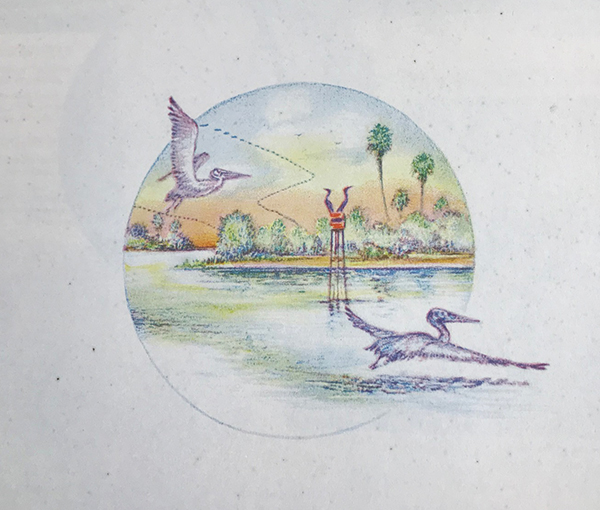
Then there are the drawings of a Florida which might have been, and still might exist somewhere in Florida’s continuing history.







